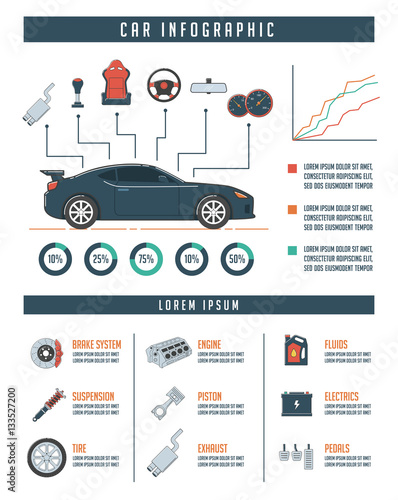Interpreting Your Auto'S Alert Lighting: Their Real Implications
Interpreting Your Auto'S Alert Lighting: Their Real Implications
Blog Article
Written By-Faulkner Alvarado
When you lag the wheel, those radiant warning lights on your control panel can be a bit perplexing. Do you know what they're trying to inform you about your car's wellness? Understanding the significance of these lights is important for your safety and security and the longevity of your automobile. So, the next time among those lights appears, wouldn't you intend to understand its message accurately and take the required actions to address it?
Common Caution Lighting and Interpretations
Recognize usual caution lights in your cars and truck and recognize their meanings to guarantee secure driving.
One of the most typical warning lights consist of the check engine light, which signifies problems with the engine or exhausts system. If this light comes on, it's vital to have your automobile examined promptly.
The oil stress alerting light suggests low oil stress, requiring immediate focus to prevent engine damage.
A blinking battery light may recommend a malfunctioning billing system, potentially leaving you stranded if not resolved.
The tire pressure surveillance system (TPMS) light informs you to low tire pressure, impacting automobile stability and fuel effectiveness. Ignoring this can bring about harmful driving conditions.
car interior grooming shows an issue with the anti-lock braking system, endangering your ability to quit rapidly in emergency situations.
Last but not least, the coolant temperature warning light warns of engine getting too hot, which can result in severe damage if not resolved swiftly.
Comprehending these common warning lights will certainly help you resolve problems quickly and keep safe driving conditions.
Relevance of Prompt Focus
Understanding the typical caution lights in your auto is only the initial step; the significance of quickly addressing these warnings can not be stressed sufficient to guarantee your security when traveling.
When a warning light brightens on your dashboard, it's your automobile's way of communicating a prospective concern that requires focus. Ignoring these warnings can result in much more serious issues down the road, compromising your safety and security and possibly costing you extra out of commission.
Prompt focus to alerting lights can prevent failures and accidents. For example, a blinking check engine light might indicate a misfire that, if left ignored, might trigger damages to the catalytic converter. Addressing this immediately can conserve you from a costly repair service.
Similarly, a brake system cautioning light may signal low brake fluid or used brake pads, crucial elements for your safety when driving.
Do It Yourself Troubleshooting Tips
If you notice a warning light on your control panel, there are a few DIY repairing pointers you can try prior to looking for specialist aid.
The first step is to consult your vehicle's guidebook to comprehend what the certain caution light suggests. Occasionally https://www.repairerdrivennews.com/2022/06/17/state-farm-says-it-will-test-expanded-use-of-aftermarket-parts-in-texas-oklahoma/ can be as basic as a loosened gas cap causing the check engine light. Tightening the gas cap may deal with the problem.
Another typical issue is a reduced battery, which can set off numerous advising lights. Examining the battery connections for deterioration and guaranteeing they're safe and secure may take care of the problem.
If a caution light lingers, you can attempt resetting it by detaching the car's battery for a couple of minutes and afterwards reconnecting it. Additionally, examining your vehicle's fluid levels, such as oil, coolant, and brake fluid, can aid troubleshoot warning lights related to these systems.
Final thought
To conclude, recognizing your automobile's warning lights is necessary for keeping your automobile running smoothly and safely. By without delay dealing with these alerts and knowing what they suggest, you can stay clear of pricey repair work and potential break downs.
Remember to consult your auto's handbook for particular details on each cautioning light and do something about it accordingly to guarantee a trouble-free driving experience.
Stay notified, stay risk-free when driving!
